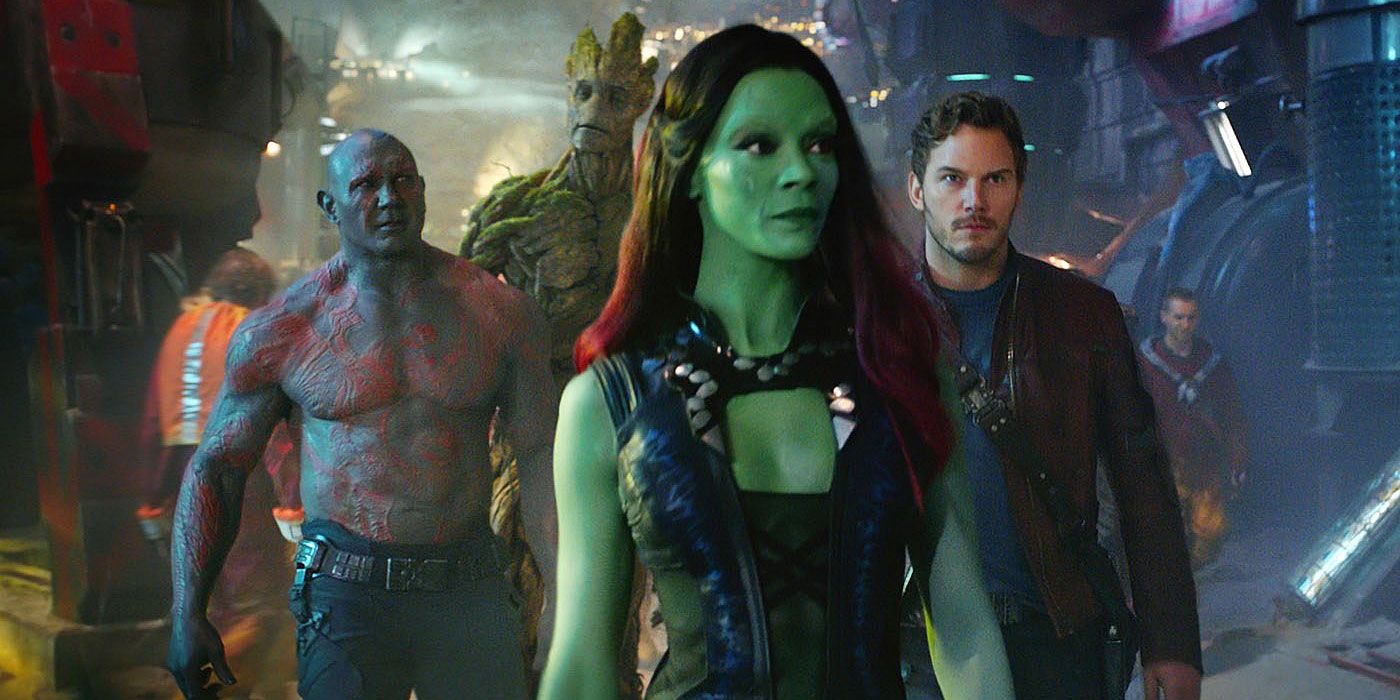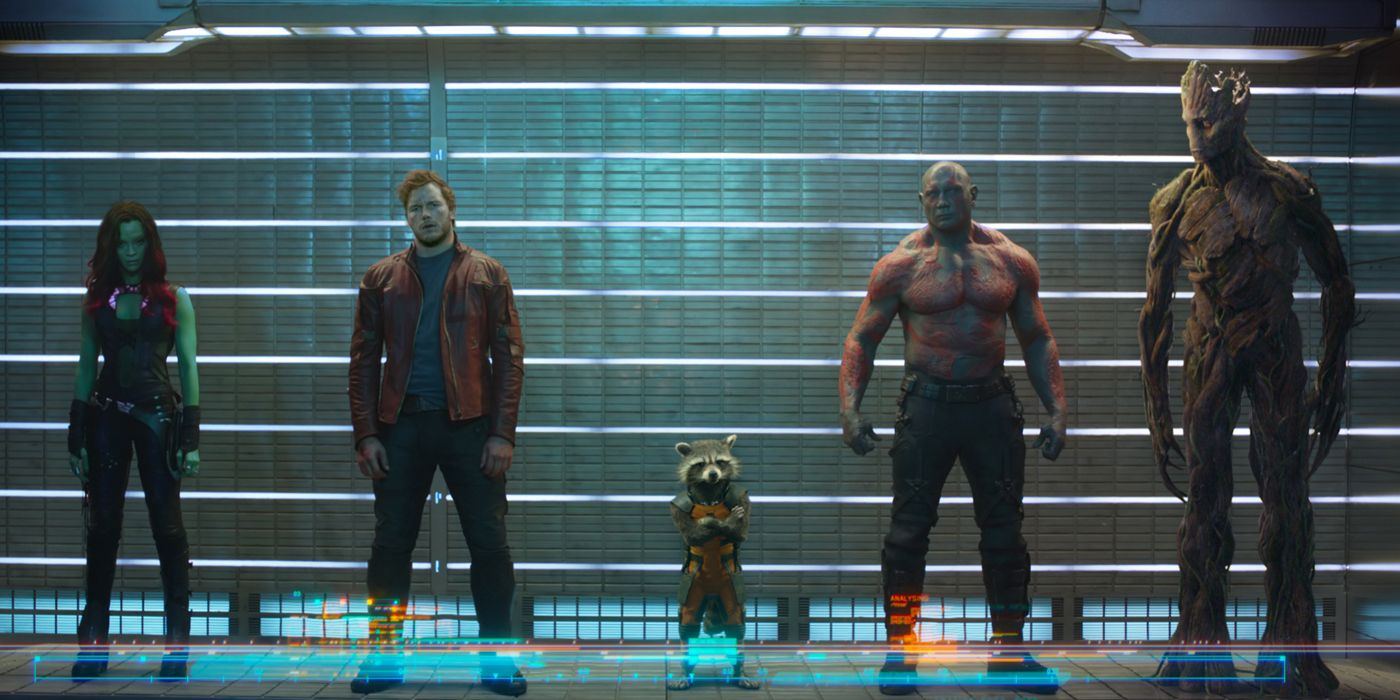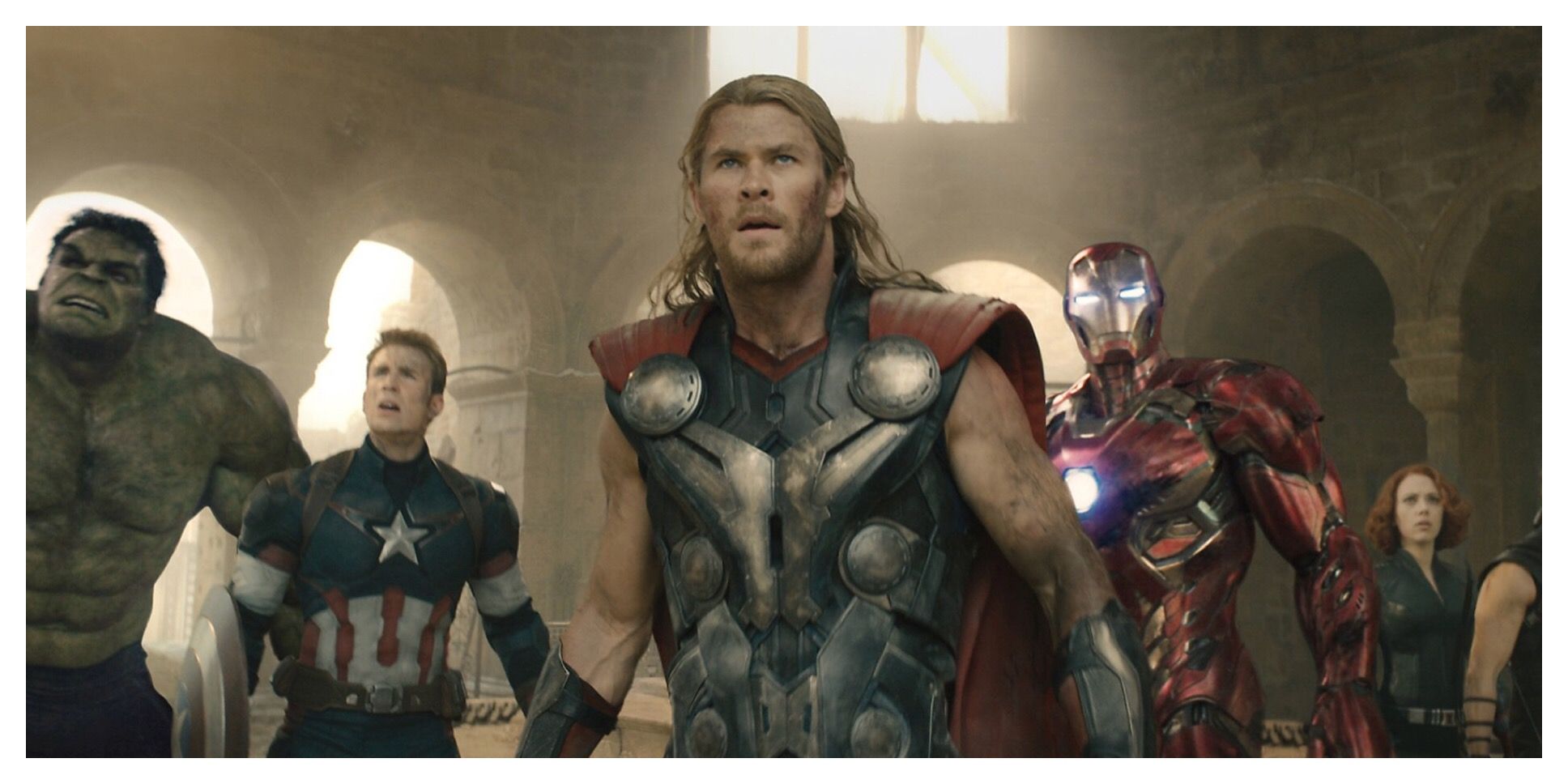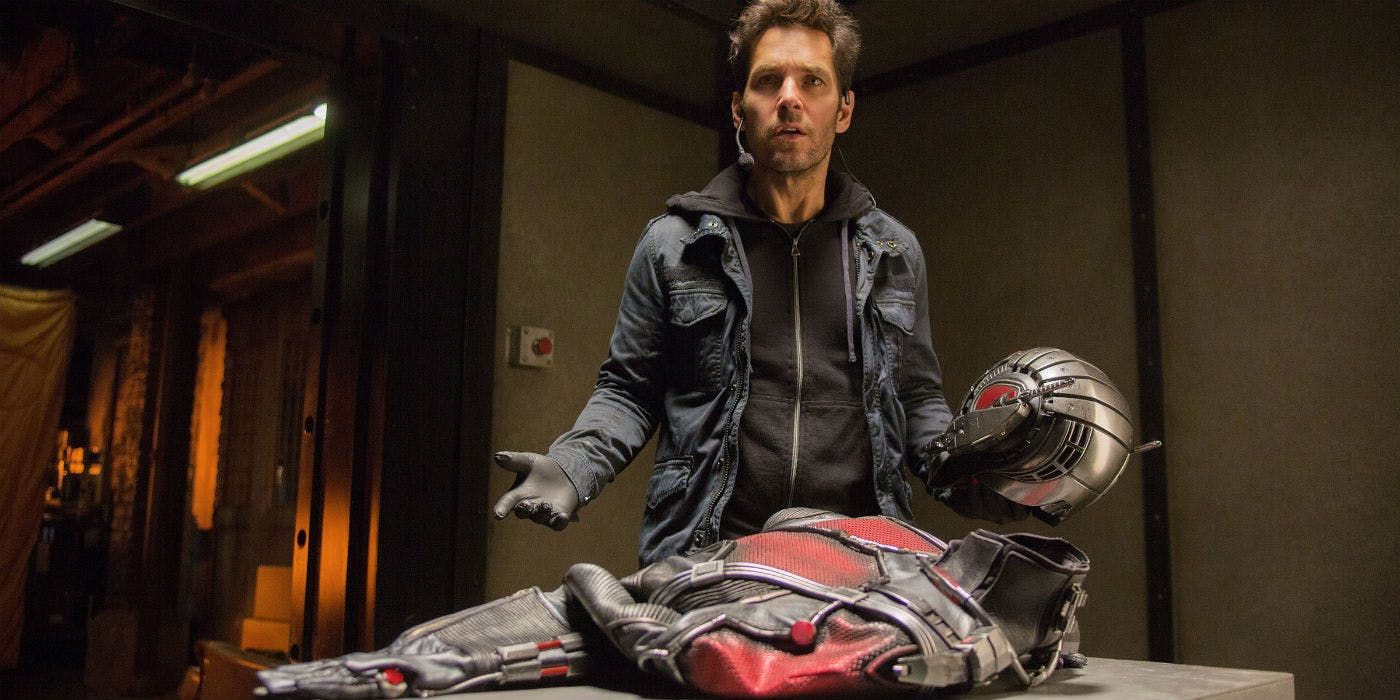EDITOR'S NOTE: This article is part of a series, "Countdown to Endgame," which looks back at the films of the Marvel Cinematic Universe leading up to Avengers: Endgame.
After revisiting their core three properties to start its second phase, Marvel Studios would introduce its boldest addition to the Marvel Cinematic Universe, all without overt connections to the Earth-bound heroes that had populated the first nine films. And, while embracing the cosmic possibilities of the MCU, the next three Marvel Studios films saw its filmmakers leave clear personal touches on their productions.
This trend would continue for years to come as Marvel started seeking out filmmakers from smaller, independent backgrounds to helm its big budget features, rather than hiring more traditionally prolific directors from film and television. It was these next three films that closed out the middle phase of Marvel Studios' Infinity Saga, with the countdown to Avengers: Infinity War and, eventually, Avengers: Endgame coming immediately thereafter.
Following the initial success of Iron Man, Marvel Studios began assigning up-and-coming screenwriters to adapt lesser known properties, with Nicole Perlman writing a script based on Dan Abnett and Andy Lanning's 2008 relaunch of the Guardians of the Galaxy, Marvel's cosmic team of heroic misfits.
Beating out future MCU directors Peyton Reed and Anna Boden and Ryan Fleck to helm the project was indie filmmaker James Gunn, a selection enthusiastically backed by Joss Whedon, who quietly oversaw much of Phase Two's development.
Gunn completely rewrote the script to match his own personal vision of the film and assembled a cast headed by Chris Pratt, who played Star-Lord. At the time, Pratt was known mainly for comedic roles and had to convince Gunn that he would lose sixty pounds by the time principal photography commenced in July 2013.
Guardians of the Galaxy featured Gunn's signature, irreverent sense of humor and a retro soundtrack handpicked by the filmmaker to add a human element (in a film full of aliens) and reflect its storytelling beats.
Joining Star-Lord on his mission to keep an Infinity Stone out of the hands of Kree zealot Ronan the Accuser was the no-nonsense Gamora (Zoe Saldana), hyper-literal Drax the Destroyer (Dave Bautista), the irascible Rocket Raccoon (Bradley Cooper ) and towering tree man Groot (Vin Diesel).
Despite featuring a relatively obscure cast of characters and no direct links to the rest of the MCU outside of a brief appearance by Thanos and an Infinity Stone, the film was a runaway success, going on to become the highest-earning superhero film of the year and third highest-earning film of the year overall.
The characters were altered in the comics to better resemble their cinematic counterparts, then branching out into other forms of media. Gunn's soundtrack would top the Billboard charts, the first soundtrack album to do so.
Back on Earth, Whedon and Marvel Studios were developing the eagerly anticipated follow-up to The Avengers. Instead of featuring Thanos as the main villain (reserved so that his character could be built up over time), Whedon decided the Avengers should face Ultron, a threat created internally by Tony Stark and Bruce Banner to stoke division and tension within the team.
Naming the film Avengers: Age of Ultron, Whedon decided to include Scarlet Witch and Quicksilver, two characters he had intended to introduce in the original Avengers movie to differentiate the power sets of the superheroes present. Whedon particularly looked forward to Scarlet Witch's inclusion, as her abilities allowed him the chance to explore the psyches' of several characters, including Captain America, Black Widow and Thor.
Age of Ultron is a sadder, stranger film than its predecessor. Amplified by mental tampering from Scarlet Witch, Tony's fears of a future alien invasion and his inability to accept the possibility of defeat lead him and Banner to use the Mind Stone to create Ultron, an artificial intelligence that quickly becomes hostile and intent on wiping out humanity.
With tension within the team and its approval around the world under intense scrutiny, the Avengers manage to band together after recruiting Scarlet Witch, Quicksilver and Vision to defeat Ultron, but devastating an entire Eastern European city in the process. While Age of Ultron went on earn over $1 billion worldwide, it did not match the success of its predecessor, with critics and audiences enjoying the quieter character moments but finding the action sequences lacking in comparison.
While observing that Age of Ultron was one of the most personal films he had ever made, Whedon, exhausted from writing and directing two Avengers films back to back, announced he would not return to direct a third.
Whedon was not the only fan-favorite filmmaker to depart Marvel Studios publicly during Phase Two. Edgar Wright, who had been attached to write and direct an Ant-Man film for the studio since its initial production slate was announced in 2006, departed the project due to creative differences weeks before the expected start of principal photography.
Scrambling to meet its release date, Peyton Reed was chosen after Adam McKay declined due to his friendship with Wright. Instead, McKay agreed to perform a rewrite of the film's script along with star Paul Rudd, who had been cast by Wright months before.
Even with Wright departing the project, his influence can be felt throughout the final film in its quick-cut editing, rapid-fire dialogue, pop culture references and, of course, the casting of Rudd, Evangeline Lilly, Michael Douglas, Corey Stoll and Michael Peña.
Telling the origin of Scott Lang joining forces with Hank Pym and his estranged daughter, Hope Van Dyne, from letting Pym Particle technology into the hands of the nefarious Darren Cross, Ant-Man featured some of the most imaginative action set pieces to date in the MCU.
The film included particularly memorable sequences involving a shrunken Scott Lang navigating a busy dance floor and facing Cross on a high-speed Thomas the Tank Engine train set. The film was a surprise success, with critics praising its heist movie inspiration and washing away the bitter aftertaste left by Age of Ultron's darker sensibilities.
The second phase of the MCU ended with three films that featured a much more distinctly personal touch than many of the films that preceded them. This trend would continue into the studio's future as it began its steady development towards Infinity War and Endgame, rounding out what Marvel Studios President Kevin Feige would later refer to as the Infinity Saga.
While introducing new properties to the MCU, the next films would also focus on tearing down what had been established.




